HOW ARE VIDEO GAMES MADE?
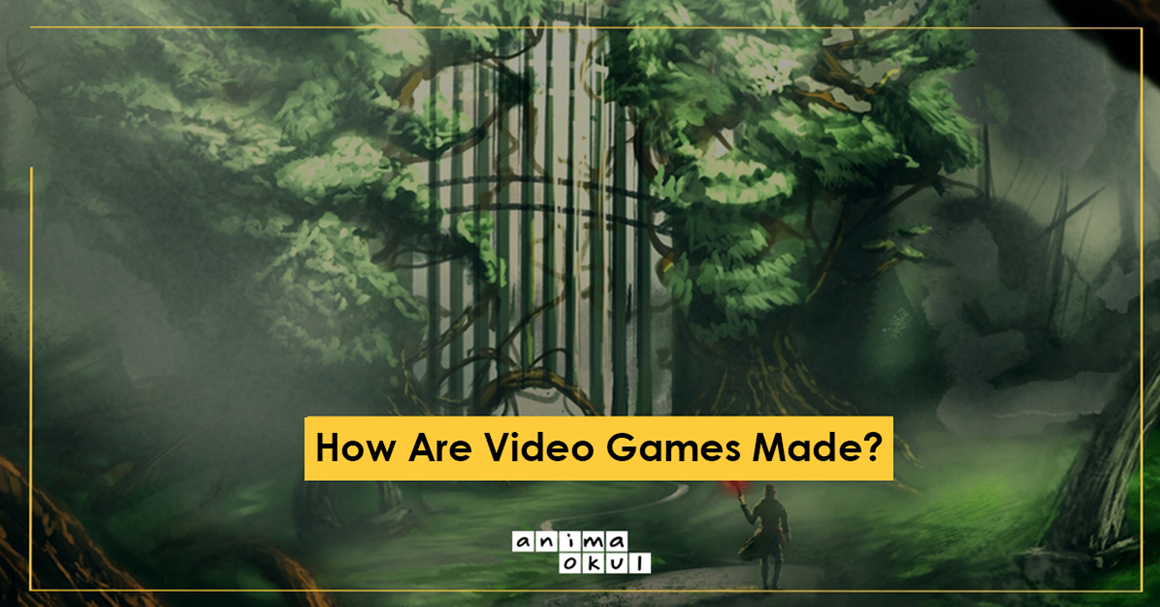
Video games that touch all of our lives are indispensable for some and just a hobby for others. If you are wondering how to make video games in which we sometimes spend hours and days, you are in the right place!
Game Development Process Beginning with Pipeline: What is Pipeline?
The game development pipeline is the process of creating a video game, from concept to completion. Pipeline also helps manage game development timeline and budget, reducing inefficiencies. While Pipeline differs between projects and studios, the process is pretty similar whether you're working on an AAA, standalone or mobile game.
What sounds great in theory may not work so well in reality. Therefore, the pipeline is not a linear process. Work must be submitted for creative approvals and can often be returned for revisions. The pipeline should be flexible enough to account for revisions and route changes.
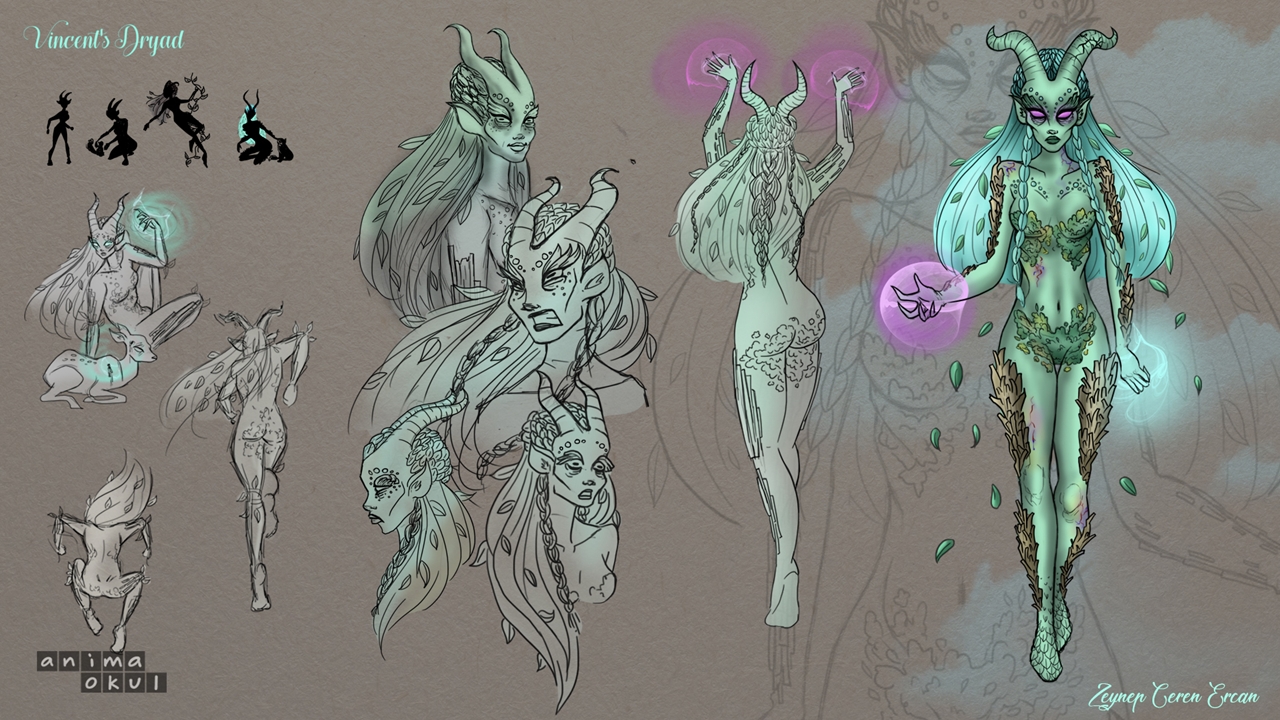
Three Stages of Game Development
Video game development is typically divided into 3 phases: pre-production, production, and post-production.
Pre-production
This is where every project begins. Essentially, pre-production defines what the game is about, why it needs to be made, and what it takes to make it. You might have a great idea for a game genre, story that you want to bring to life, or you might want to create a game that uses a certain type of technology (e.g. VR or console). In pre-production, you'll find answers to questions like:
- What is the game about?
- Who is the user?
- Is there a market for this? How is the competition?
- On which platform will it be published?
- How will money be made? Will it be sold on a platform or will it be free-to-play with in-game purchases?
- How long does it take to develop?
- What personnel and resources will it require?
- What is the estimated budget?
This phase can take between a week and a year, depending on the type of project, available resources and funding, and usually takes 20% of the total production time. At this point the team is quite small. It could be a producer, programmer(s), a concept artist (or if you're a one-man operation, you'll be doing most of it). A video game producer handles the commercial aspect of the project, especially the financials. They manage the budget and develop marketing strategies to sell the product. A concept artist sets the tone for the project early on by developing artwork and sketches. These initial visuals help establish the language of the game and provide a visual guide to the overall look and feel to anyone working on the project.
The information gathered during this pre-production phase forms the basis of the Game Design Document.
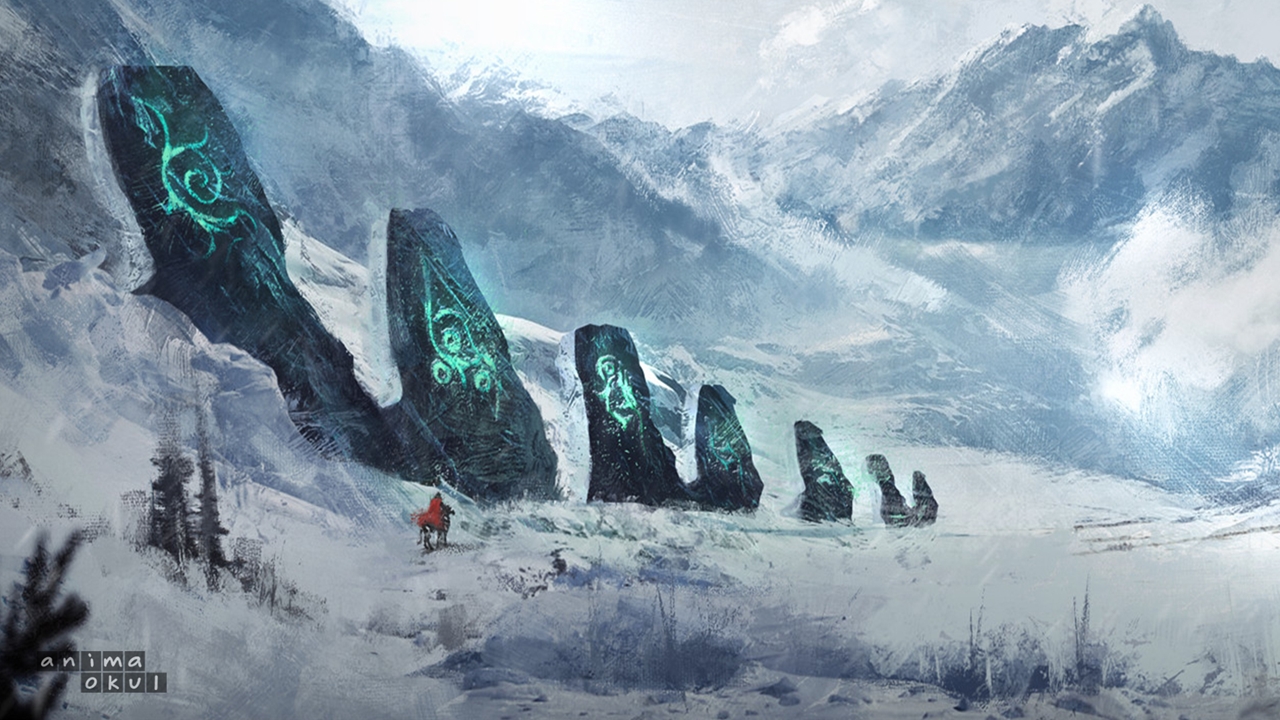
Game Design Document (GDD)
A Game Design Document (GDD) is actually the north star of the game. It is a living document that helps everyone understand and embrace the larger vision of the project.
GDD includes: idea or concept, genre, story and characters, core game mechanics, gameplay, level and world design, art or sketches, monetization strategy. GDD is constantly updated and improved throughout production. This may be due to technical or financial constraints, or you may find that things don't look, play or work as you initially hoped.
GDD keeps you organized, helps you identify potential risks, and lets you foresee who you might need to hire/outsource to bring your project to life. Your game idea may seem pretty simple, but once you put it out in a GDD, you soon realize how big and resource-heavy your project is. Projects without a plan are much more likely to work on time and budget.
Another reason to have GDD is to help you develop and finance your game. Potential investors will want to see a solid plan before investing. Finally, GDD will help you market your product when it's ready for release.
Prototyping
A video game prototype is a raw test that checks functionality, user experience, gameplay, mechanics, and art direction. Prototyping is done in pre-production to test whether the game idea will work and if it's worth pursuing. Many ideas never make it past this stage. The team often starts with paper designs to test theories and solve many of the nuances of a game or a set of systems in a quick, easy and cost-effective way.
While ideas, psychology, theories, and other meditation metaphors are important, so far you can only design in your head or on paper. Most game ideas need to be touched, felt, played and tested right away.
The goal is to run a prototype as soon as possible to test whether your ideas actually work and if the game is as fun as you hoped. Prototyping can also introduce unexpected challenges that can potentially change the entire course of your project. It is important that others test your prototype, because what is obvious to you may not be to others.
Placeholder assets are used to save time and money. These low-quality assets replace things like weapons and accessories during the early testing phase, and if approved they will be replaced with final, high-quality versions later. Placeholder assets can be purchased or found for free online in game development software. They are usually pretty simple shapes, but they can be a little more advanced.
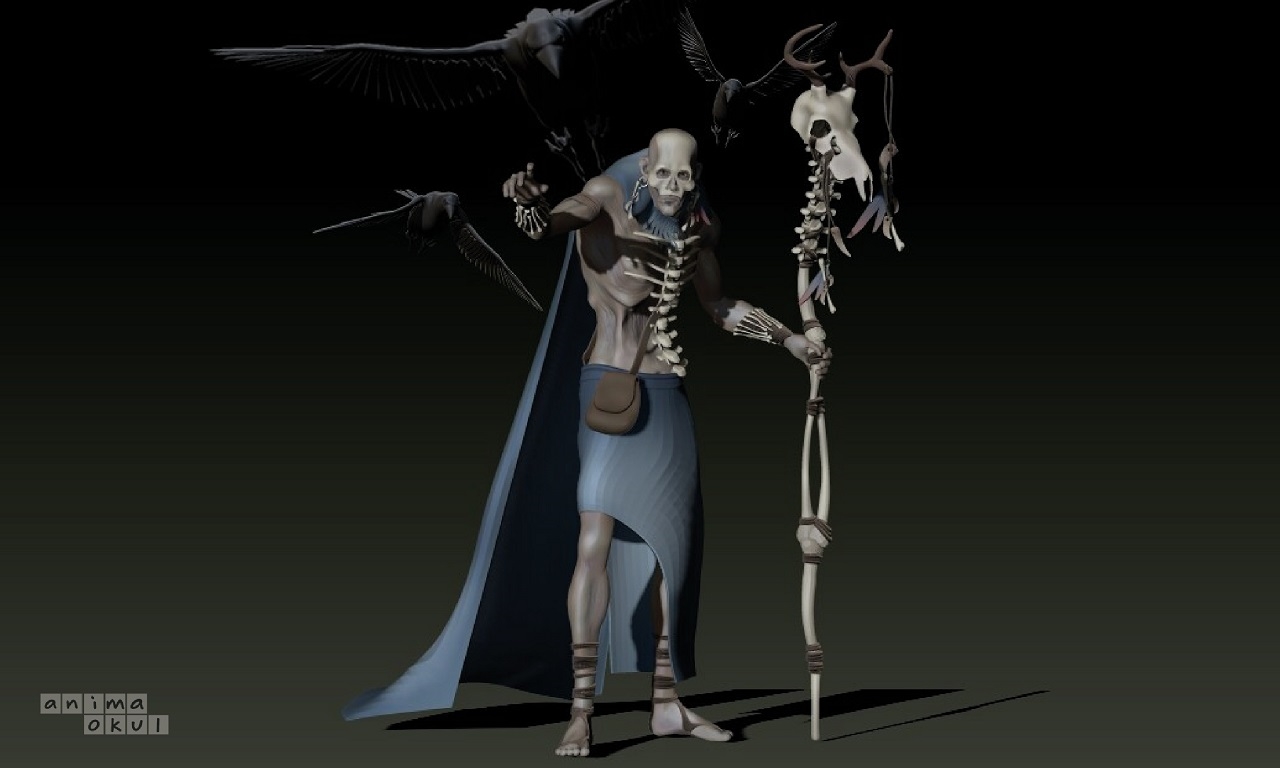
Production
Production is the longest phase of the pipeline. Ranging from 1 to 4 years of production is where the game really starts to take shape. The story is refined, assets, assets (characters, creatures, props and environments) are created, game rules are set, levels and worlds are built, code is written and much more! However, initial ideas don't always translate that well in reality, so the game is constantly tested and improved while work is being done.
Keeping in mind that small teams will need to take on multiple roles, whereas a larger studio will have more staff, most of whom specialize in one area, let's take a look at the key milestones of game production and some of the key video game development work.
Production milestones
There are many milestones to be reached throughout the game development process.
Prototype
This is the first test of the game (takes place in the pre-production phase and is detailed above). Some games may never get past this stage.
Initial Playability
The first playable gives a much better idea of the look and gameplay. While still far from final, placeholders are replaced with higher quality assets and artwork is added.
Vertical Slice
A vertical slice is a fully playable example that can be used to promote your game to studios or investors. A vertical slice ranging from just a few minutes to half an hour provides a first-hand experience of your game.
Pre-alpha
Most of the content is developed in the pre-alpha stage. At this point in game development, some big decisions will have to be made. Content may be cut or new items may need to be added to improve gameplay.
Alpha
At this stage, all the features have been added to the game and the game is fully playable from start to finish. Some elements, such as art assets, may still need to be added, but the controls and functionality should be working properly. QA testers will make sure everything is running smoothly and report bugs back to the team.
Beta
At this point all content and assets are integrated and the team needs to focus on optimizing rather than adding new functionality or features.
Gold Master
The game is finished and ready to be submitted to the publisher and made available to the public.
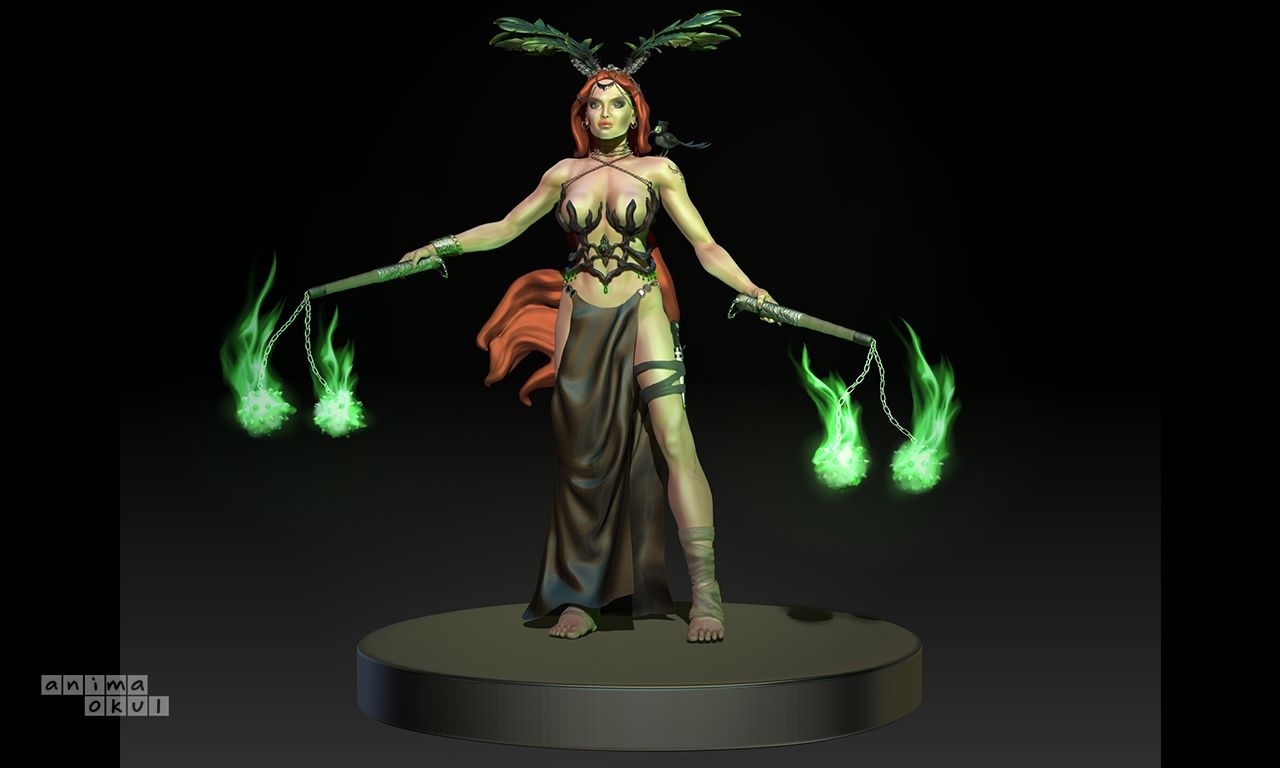
Game Development Roles
Game developer roles vary depending on the size and type of studio. These are some of the common positions you will find.
Project Manager
The project manager ensures that the game development process runs smoothly, milestones are met, risks are estimated/mitigated, and team members do what they need to do. They are often the center of communication between development and design teams and managers. Project managers are highly organized and must have excellent communication and people skills.
Game Developers and Programmers
Game programmers help develop games by translating design concepts into code to create fully playable games.
Programmers are usually software engineers or computer scientists with a strong programming background, as well as a combination of creativity, math skills, and patience to successfully code ideas into interactive visuals and audio. They make the game run smoothly.
There are many different aspects of programming: creating a customized base engine for the game, scripting functions, events, interactions creating physics (e.g. gravity differences in a space game), developing and modifying 3D graphics renders, artificial intelligence simulation in opponents, sound effects, music and voiceovers. addition, implementation of game logic and mechanics, creation of user interface and much more.
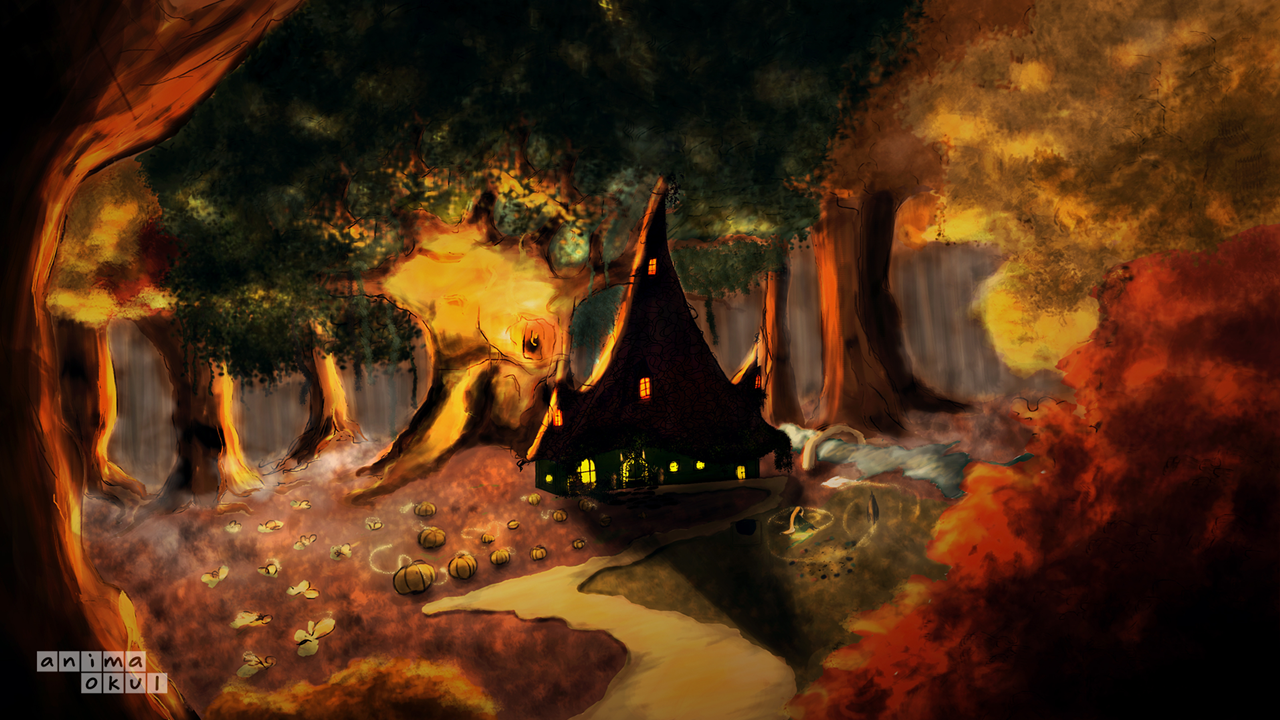
Game Designers
A game designer is the creative driver of the game and is often a hybrid between the author, programmer and artist, with some programming knowledge.
The game design pipeline includes creating engaging stories, characters, goals, rules, and challenges that drive interaction with other characters, users, or objects.
Designers may be responsible for: developing story, character backstory and dialogue, improving gameplay, rules and scoring system, determining difficulty level, building environments, ledges, obstacles and objects, level and world design, programming/scripting, digital editing, and multiplayer. More.
Level Designers
A video game level designer is responsible for creating interesting and fun levels. Their job is to keep the player focused on progressing through the game and achieving their goal or mission, while reducing the possibility of confusion. Because games are much more complex than they used to be, it's common at larger studios to find game designers dedicated solely to level design.
Depending on the genre of the game and whether it is based on real events, they may need to learn everything about a particular historical period and research real locations to ensure the level is realistic and believable. If the play is adapted from a book or movie, they must read/watch the original and look for clues. If the world is all fiction, they need to use their creativity and take inspiration from the concept art provided.
They then create levels, stages or missions using a level editor (the software used to design levels and maps). Their missions can also include planning start and exit locations, determining where tunnels and secret passages will be, places where interactions or dialogue will take place, monster spawn points, trigger points where certain actions will take place, and much more.
Level designers are responsible for detecting and fixing bugs such as players going out of bounds or getting stuck and unable to get out. The player can interact with worlds in unexpected ways and introduce bugs that go unnoticed during development. The level will likely see several versions before it becomes final.
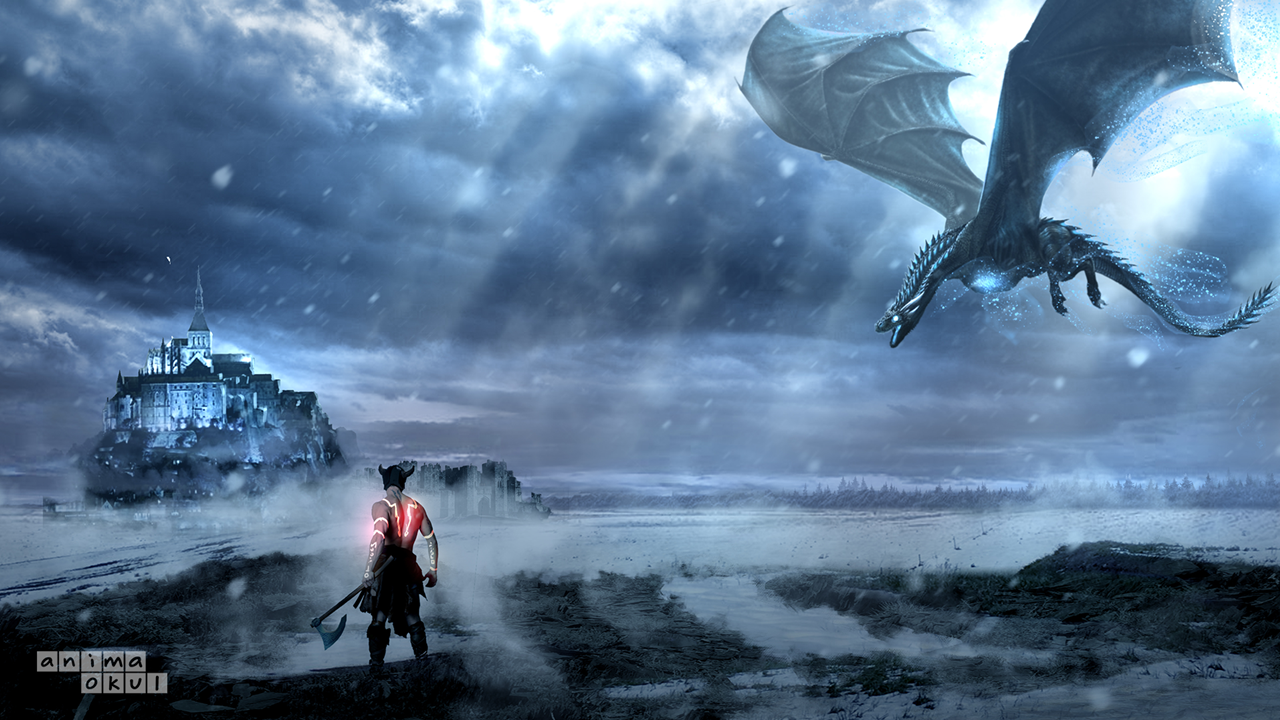
Game Artists
Game artists may include concept artists, animators, 3D modelers and FX artists. This group is responsible for bringing color, movement and life to the game.
While a concept artist is mostly active during pre-production, typically 2D, when designing the initial skin, it can be brought back later in the game development process if new elements are added or the game changes.
A 3D concept artist (could be the same artist) uses digital sculpting software such as ZBrush, Maya and Photoshop to create 3D accessories, assets, assets and environments. They also add textures and details.
3D Modeling Artists
3D modelers create models of people, objects, accessories, weapons, and environments that can then be textured and animated as needed. Modelers need to know how to collect and use high quality reference materials, especially if they are replicating real objects (eg AK-47, Eiffel Tower).
Model artists can use photos of the objects they create or drones if the object is much larger and needs an aerial view. If the game is pure fantasy, they will have to resort to concept art and use their imaginations to come up with something new and unique.
Game Animators
Game animators add depth and realism to characters, objects, and environments by adding believable movement. They will create storyboards and map key animation scenes that align with the game's story.
Animators often need to do a lot of research (for example, observing how animals behave and interact with others if they are working on an animal-based game). Motion capture data can also be used to help create more realistic animations.
FX Artists
FX artists add stunning effects such as explosions, smoke, fire and liquid simulations, and weather events such as rain, lightning, snowstorms, giving players a more immersive and fun experience.
Game FX artists tend to use software like Houdini FX or Maya, but should also have knowledge of game engines like Unity or Unreal Engine 4.
Sound Engineers / Sound Designers / Composers
Sound experts develop realistic sound effects, record voice-over/dialogues between characters, and create soundtracks that set the mood of the actors, adding suspense or audio cues (such as opening music, menu pause music, marking a victory).
QA (Quality Assurance) / Video Game Testers
Video game testing is very important in the game development process. These people test games, look for bugs and make sure the game runs smoothly and the instructions are clear for players. Sometimes they report bugs in what's known as a bug page to the developer team.
Additional roles
Besides the game development roles mentioned above, larger studios may have the capacity to bring in additional specialists: mission designers, combat designers, writers, translators, marketers...
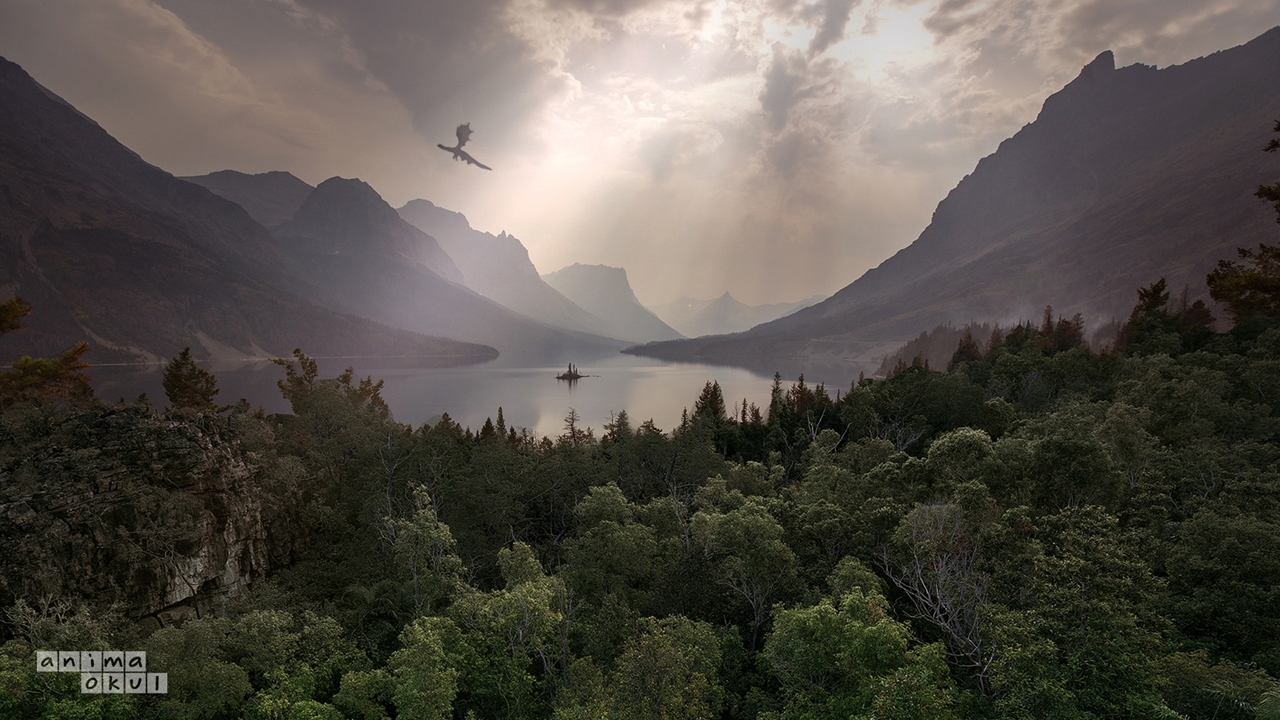
Post Production
After production is complete and the game is shipped, the game development process continues with some team members leaving it for maintenance (fixing bugs, creating patches), creating bonus or downloadable content (DLC). Others may move on to the sequel or the next project.
Information can be obtained to discuss what works and what doesn't, and to determine what can be done better next time. All design documents, assets and code are finalized, collected and stored in case of future need.
Understanding the game development process is essential if you want to make video games. You don't need to know how to do everyone's work, but you will need to know how your business is affecting their work and how to delegate available work to the next stage of production. Since every major studio uses a video game production program, understanding the process will make you more employable.
Source: CGS